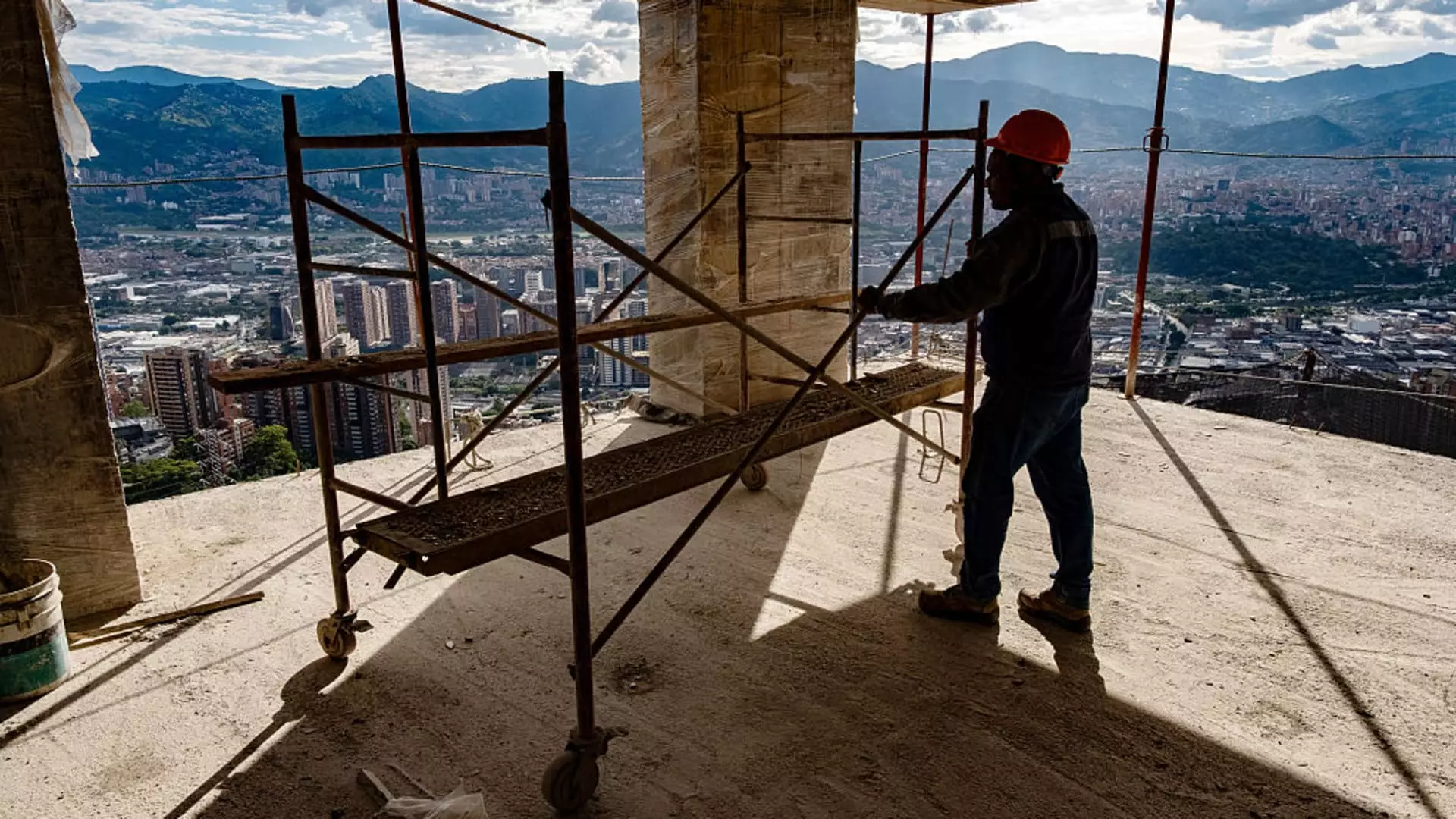For decades, the construction industry has remained ensnared in outdated practices, unwilling or unable to embrace technological innovation at a meaningful pace. Despite the staggering scale of this sector—employing millions worldwide and managing multi-billion dollar projects—it lags far behind other industries like automotive or aerospace in adopting digital tools. This entrenched resistance isn’t just a matter of inertia; it’s a reflection of systemic issues rooted in cultural norms, fragmented management, and an underestimation of technology’s transformative potential. The consequence is a perpetual cycle of inefficiency, waste, and safety risks that threaten the sector’s sustainability and competitiveness.
This sluggish rate of modernization stands in stark contrast to industries that have rapidly integrated automation, data analytics, and AI to streamline operations, reduce costs, and enhance safety. Construction’s unwillingness or inability to follow suit is not merely a missed opportunity—it’s a critical flaw that undermines the industry’s potential for growth and resilience.
The Cost of Complacency: Waste, Delays, and Environmental Damage
The industry’s reluctance to digitize has enormous repercussions, both financially and environmentally. Current estimates suggest that inefficiencies in construction cost nearly $1 trillion annually in lost productivity worldwide. This enormous figure speaks to an endemic problem wherein outdated documentation practices and manual workflows cause delays, errors, and rework. For instance, a single skyscraper in New York costing half a billion dollars can generate approximately 3.5 million pages of documentation—an overwhelming amount that defies traditional management methods.
When these documents are inconsistent or conflicting—such as wiring blueprints versus emergency exit installations—the resultant misunderstandings delay progress and escalate costs. Over time, these delays lead to waste of materials and energy, compounding environmental degradation. Construction companies often spend less than 1% of their revenues on IT; this underinvestment hampers efficiency and sustainability efforts, making it clear that complacency in technology adoption is a poor business strategy.
The Human Element: From Tragedy to Tech Innovation
Sarah Buchner’s story exemplifies both the risks of construction’s outdated culture and the potential of technological disruption. Having faced the tragedy of a fatality on-site, her decision to shift from hands-on construction to developing safety-focused software reflects a critical turning point. Her journey underscores the urgent need for the industry to prioritize not just efficiency but also safety and worker wellbeing.
Buchner’s innovative approach—leveraging AI to process unstructured data—addresses a core flaw: the chaos of constantly changing documentation that hampers clarity and decision-making. Her platform, Trunk Tools, offers more than just efficiency; it embodies a critical push toward making the construction environment safer, more predictable, and environmentally friendly. By automating tedious tasks and consolidating complex documents, her technology exposes how the industry can leverage AI to eradicate waste at scale.
Why Slow Adoption Is a Strategic Failure
The recent influx of investment into construction technology signals a recognition that change is overdue. The $70 million raised by firms like Trunk Tools underscores the sector’s potential for modernization, yet highlights a stark reality: many companies are still hesitant to overhaul their legacy systems. This reluctance stems from cultural resistance, fear of disruptions, and the misconception that technology is prohibitively expensive.
The consequence of this inertia is significant. Companies that remain locked into traditional workflows risk falling behind more agile firms that leverage digital tools for project management, safety, and environmental compliance. For the broader economy and society, this hesitance translates into continued inefficient resource use, emissions, and social costs. It’s not merely a technological lag; it’s a strategic failure that puts industry leaders and investors alike at risk of obsolescence.
A Critical Crossroads: Embracing Digital Innovation or Facing Decline
The future of construction hinges on whether industry stakeholders recognize that the cost of inertia far exceeds the investment needed for digital transformation. The current economic and environmental pressures demand faster adaptation. Firms that ignore the advancements offered by AI, machine learning, and integrated project management tools will inevitably face higher expenses, safety issues, and ecological impacts.
Constructive innovation—rather than reactive patchwork—is the path forward. Firms that dare to invest heavily in digital infrastructure, foster a culture of continuous improvement, and prioritize safety and sustainability will emerge as industry leaders. The choice is stark: modernize boldly or cede ground to competitors willing to embrace the promise of technology. In this pivotal moment, the industry must choose progress over complacency if it hopes to build a smarter, safer, and greener future.


Leave a Reply